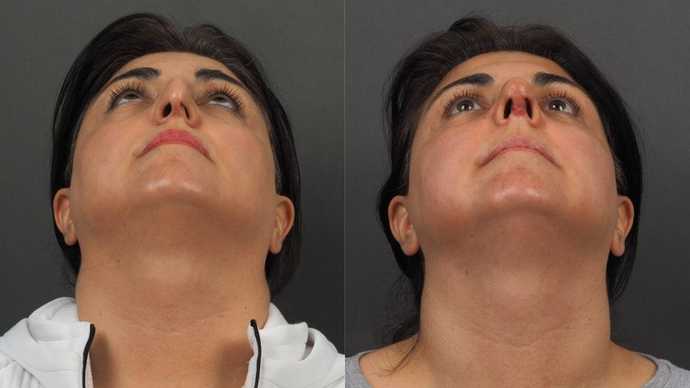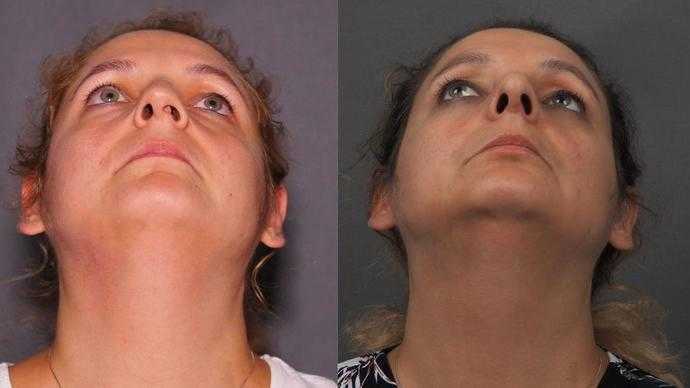What is the septum? Scoliosis of the nasal septum
The nasal septum is the structure of bone and cartilage that separates the left and right nasal cavities.
Scoliosis of the nasal septum, meaning any deviation from the midline, is a very common condition.
It is often due to an injury that the patient may not even remember because it occurred at such a young age or was soon forgotten. At older ages, the details of when and how the injury occurred are more likely to be remembered.
The septum can also be crooked because it is a bit too long to fit inside the nose properly or for genetic reasons such as a cleft lip.
In most people, the deviation is minor and does not affect breathing. However, when it is more pronounced, it can block one side of the nose, making breathing more difficult.
It can also be the main cause of nasal breathing difficulties, sleep apnea, snoring, chronic rhinitis (inflammation of the nasal passages), dryness, nosebleeds, chronic sinusitis, headaches, and reduced sense of smell, etc.
Patients also experience poor oxygenation, which has a variety of negative effects on the body.

Problems associated with a deviated nasal septum
A number of problems can be indications that you have a deviated septum, preventing proper breathing, and are likely to become more frequent.
The most common combinations of problems associated with a deviated nasal septum are:
- Breathing difficulties
- Snoring
- Sleep apnea
- Nosebleeds
- Rhinitis/sinusitis
- Headaches
- Reduced sense of smell
At your first examination at the VIP Rhinoplasty Center, Dr. Mireas will examine the inside of your nose with the most modern medical equipment, using an endoscope and a computer to determine whether you have a deviated septum and/or hypertrophy of the turbinates that create problems and prevent proper breathing.
If you do, the solution is nasal septum surgery performed by an ENT Specialist like Dr.Mireas

